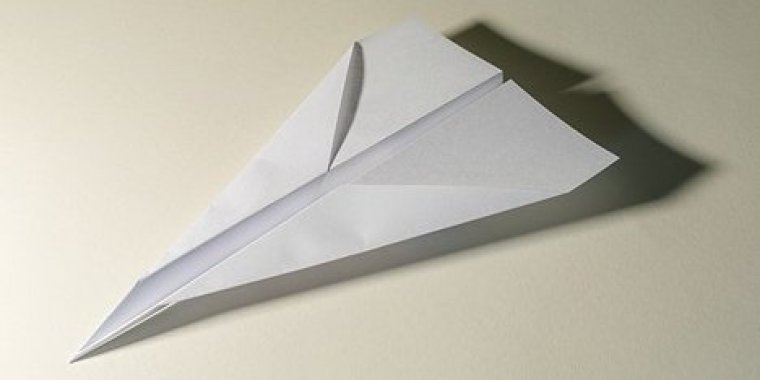| News / Science News |
Scientists experiment with paper planes to study aerodynamics, flight stability
The properties that make a paper airplane fly have much to tell scientists about aerodynamics and flight stability, according to researchers at New York University. They conducted a series of experiments using paper planes to make their conclusions.

Scientists use paper planes to study aerodynamics, gliding flight stability. Photo: Dietmar Rabich
The research could influence the development of airborne vehicles like drones.
"The study started with simple curiosity about what makes a good paper airplane and specifically what is needed for smooth gliding," said Leif Ristroph, an author of the study. "Answering such basic questions ended up being far from child's play. We discovered that the aerodynamics of how paper airplanes keep level flight is very different from the stability of conventional airplanes."
Paper planes rely on gravity and proper design to successfully glide.
"Birds glide and soar in an effortless way, and paper airplanes, when tuned properly, can also glide for long distances," added co-author Jane Wang. "Surprisingly, there has been no good mathematical model for predicting this seemingly simple but subtle gliding flight."
Paper planes appear unassuming in design and composition, "But paper airplanes, while simple to make, involve surprisingly complex aerodynamics," said Ristroph.
The researchers launched paper planes with different centers of mass, observed paper planes descending into a water tank, and used the data to develop a new aerodynamic model and flight simulator that successfully replicates flight motions.
"The key criterion of a successful glider is that the center of mass must be in the 'just right' place," Ristroph said. "Good paper airplanes achieve this with the front edge folded over several times or by an added paper clip, which requires a little trial and error. The location of the aerodynamic force or center of pressure varies with the angle of flight to ensure stability."
The effect the team found in paper airplanes doesn't happen in the traditional airfoils used as aircraft wings, whose center of pressure stays fixed in place across the angles that occur in flight, according to Ristroph.
"The shifting of the center of pressure seems to be a unique property of thin, flat wings, and this ends up being the secret to the stable flight of paper airplanes." (National Science Foundation)
YOU MAY ALSO LIKE





